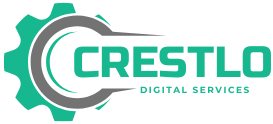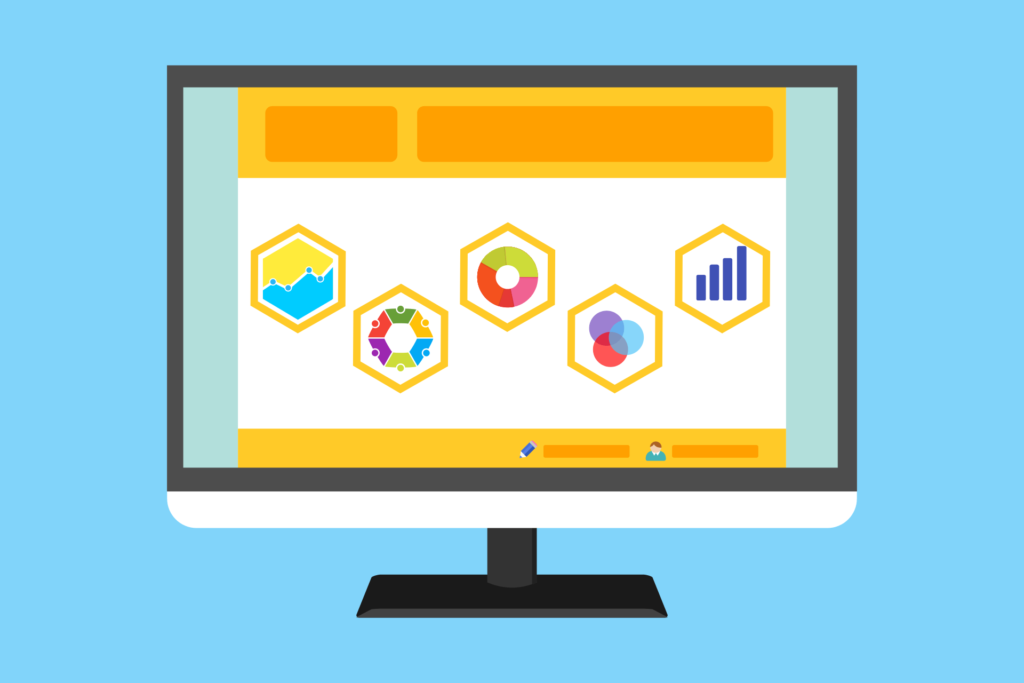In today’s digital world, speed is everything—especially when it comes to your website. A slow site can drive visitors away faster than you can say “loading…” and even hurt your search engine rankings. Want to keep users engaged and your rankings intact? Let’s dive into the essentials of optimizing your site for speed.
Understanding Website Speed
What is website speed?
Website speed refers to how quickly your site loads and responds to user actions. Faster load times mean happier visitors and better retention.
Key metrics to measure site speed
- Page Load Time: The total time taken for a webpage to fully display.
- Time to First Byte (TTFB): How quickly a user’s browser receives the first byte of your server’s response.
- Largest Contentful Paint (LCP): The time it takes to load the largest visible content on your page.
Tools to Measure Website Speed
Popular speed testing tools
- Google PageSpeed Insights: A free tool to assess speed and provide improvement suggestions.
- GTmetrix: Offers detailed performance reports.
- WebPageTest: Great for in-depth testing across multiple browsers.
How to interpret speed test results
Focus on areas like server response time, image sizes, and render-blocking resources. Fixing these can give your site a significant boost.
Server and Hosting Optimization
Choosing the right hosting plan
Opt for managed hosting or VPS over shared hosting to ensure better performance.
Benefits of a Content Delivery Network (CDN)
A CDN stores your site’s data in multiple locations worldwide, ensuring faster delivery to users.
Server response time improvement tips
- Use a reliable DNS provider.
- Upgrade to HTTP/2 for faster connections.
Website Code and Script Optimization
Minify CSS, JavaScript, and HTML
Remove unnecessary characters and spaces from your code to reduce file sizes.
Remove unused code and plugins
Audit your site for outdated or unnecessary plugins and code, which can drag down performance.
Implement asynchronous loading
Allow scripts to load asynchronously so they don’t block the rendering of your webpage.
Image Optimization
Why images impact speed
Large image files can be one of the main culprits of slow load times.
Best practices for image compression
Use tools like TinyPNG or ShortPixel to compress images without losing quality.
Use of next-gen image formats
Switch to WebP or AVIF formats for smaller file sizes and faster loading.
Browser Caching
What is browser caching?
Browser caching allows users to store files locally, so your site loads faster on subsequent visits.
How to set up caching rules
Leverage plugins like WP Rocket or manual .htaccess tweaks to enable caching.
Benefits of caching for returning visitors
It reduces server load and improves load times dramatically.
Mobile Optimization
Importance of mobile-first design
With mobile traffic surpassing desktop, ensuring your site runs smoothly on mobile is crucial.
Tips for optimizing mobile site speed
- Use responsive design.
- Minimize pop-ups and unnecessary elements.
Database Optimization
Cleaning up your database
Delete spam comments, old revisions, and unused tables.
Regular maintenance for performance
Schedule cleanups with plugins like WP-Optimize.
Lazy Loading for Faster Rendering
What is lazy loading?
Lazy loading delays the loading of non-visible elements until the user scrolls to them.
Benefits of lazy loading for images and videos
Reduces initial page load times and improves user experience.
Enable Compression
Using Gzip or Brotli compression
Compress text-based files to reduce size without sacrificing quality.
How compression reduces file sizes
Smaller files mean faster delivery to users’ browsers.
Use a Lightweight Theme and Plugins
Choosing a speed-optimized theme
Pick themes like GeneratePress or Astra for clean and lightweight performance.
Avoiding heavy plugins
Limit plugins to only those that are essential, as too many can slow your site.
Monitoring and Maintaining Speed
Regular speed testing
Frequent tests help identify and fix issues before they escalate.
Addressing new issues promptly
Stay proactive with updates and maintenance to keep your site running smoothly.
Conclusion
Optimizing your site for speed doesn’t have to be overwhelming. Start small—fix those large images, clean up your code, and keep testing. Every little tweak adds up to create a blazing-fast site that keeps users and search engines happy.
FAQs
1. How does site speed affect SEO?
Site speed is a ranking factor for search engines. Faster sites tend to rank higher and attract more traffic.
2. What is a good page load time?
Aim for under 2 seconds. Anything slower can lead to higher bounce rates.
3. Can too many plugins slow down my website?
Yes, especially if they are poorly coded or perform similar tasks.
4. Is image optimization necessary for every site?
Absolutely. Large, unoptimized images can significantly impact load times.
5. How often should I check my site speed?
Regularly—ideally once a month or after major updates.

